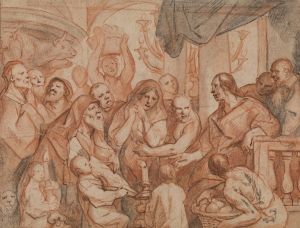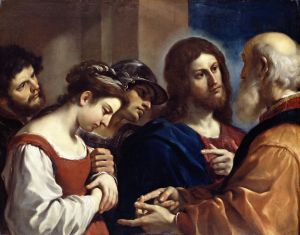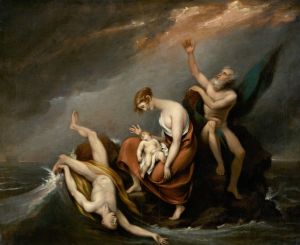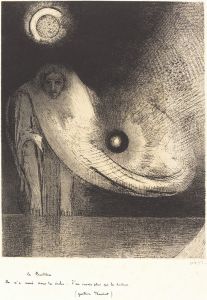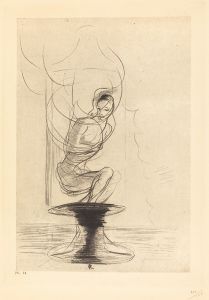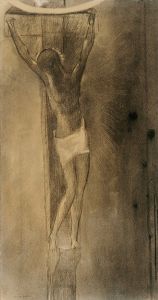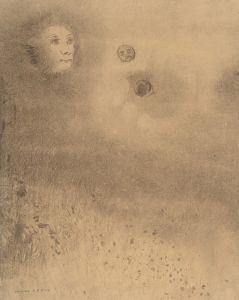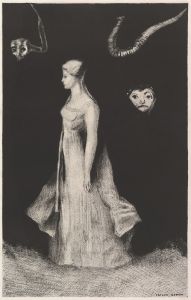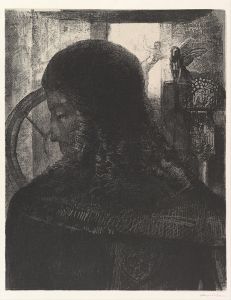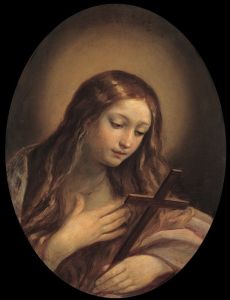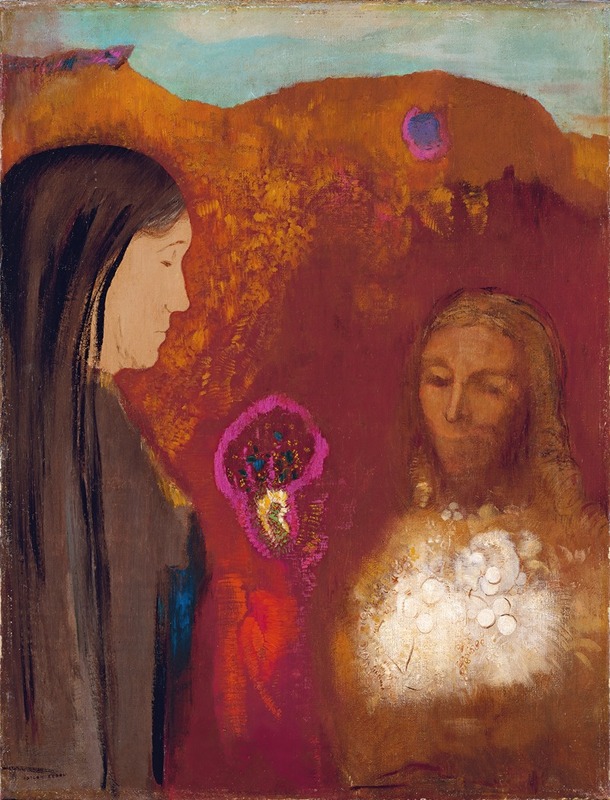
Christ and the Samaritan Woman
A hand-painted replica of Odilon Redon’s masterpiece Christ and the Samaritan Woman, meticulously crafted by professional artists to capture the true essence of the original. Each piece is created with museum-quality canvas and rare mineral pigments, carefully painted by experienced artists with delicate brushstrokes and rich, layered colors to perfectly recreate the texture of the original artwork. Unlike machine-printed reproductions, this hand-painted version brings the painting to life, infused with the artist’s emotions and skill in every stroke. Whether for personal collection or home decoration, it instantly elevates the artistic atmosphere of any space.
"Christ and the Samaritan Woman" is a painting by the French symbolist artist Odilon Redon. Redon, born on April 20, 1840, in Bordeaux, France, is known for his unique and imaginative works that often explore themes of spirituality, dreams, and the subconscious. His style is characterized by a departure from realism, favoring instead a more abstract and symbolic approach.
The painting "Christ and the Samaritan Woman" depicts the biblical scene from the Gospel of John, chapter 4, where Jesus speaks with a Samaritan woman at Jacob's well. This encounter is significant in Christian theology as it highlights themes of acceptance, redemption, and the breaking of social barriers. In the narrative, Jesus, a Jew, speaks to a Samaritan woman, which was unconventional at the time due to the animosity between Jews and Samaritans and the cultural norms that restricted interactions between men and women.
Redon's interpretation of this scene is imbued with his characteristic use of color and form to convey deeper meanings. The painting likely employs a palette that emphasizes the spiritual and mystical aspects of the encounter, using light and shadow to create a sense of otherworldliness. Redon's work often features a dreamlike quality, and this painting is no exception, as it invites viewers to contemplate the profound spiritual message of the biblical story.
Odilon Redon's career spanned several decades, and he was influenced by various artistic movements, including Romanticism and Symbolism. He was a contemporary of artists such as Gustave Moreau and Paul Gauguin, and his work often reflected a similar interest in exploring the inner workings of the mind and the soul. Redon's art was also influenced by his interest in literature, philosophy, and the natural sciences, which is evident in the symbolic and often fantastical elements present in his paintings.
"Christ and the Samaritan Woman" is an example of Redon's mature style, where he fully embraced the symbolic and expressive potential of his medium. His use of color, form, and composition in this painting serves to elevate the biblical narrative to a universal and timeless meditation on human connection and divine grace.
Redon's work has been celebrated for its ability to evoke deep emotional and spiritual responses from viewers. His paintings, including "Christ and the Samaritan Woman," are housed in various museums and private collections around the world, where they continue to be studied and admired for their unique contribution to the Symbolist movement and their enduring impact on modern art.
In summary, "Christ and the Samaritan Woman" by Odilon Redon is a significant work that reflects the artist's symbolic and spiritual approach to painting. It captures a pivotal moment from the New Testament, rendered through Redon's distinctive style that emphasizes the mystical and transcendent aspects of the encounter. This painting, like much of Redon's oeuvre, invites viewers to look beyond the surface and engage with the deeper, often ineffable, truths of human experience and spirituality.





